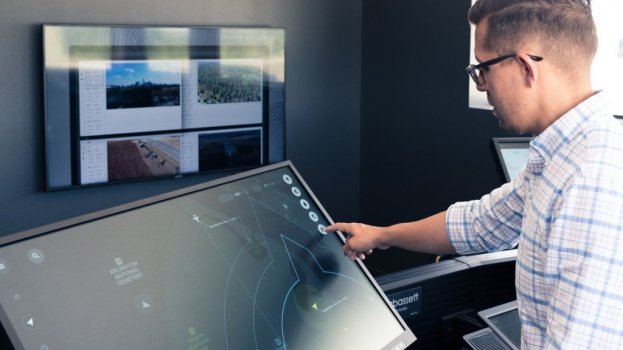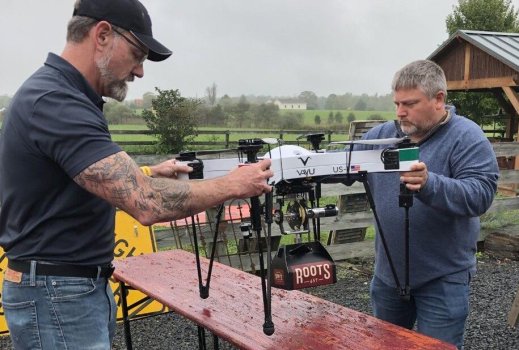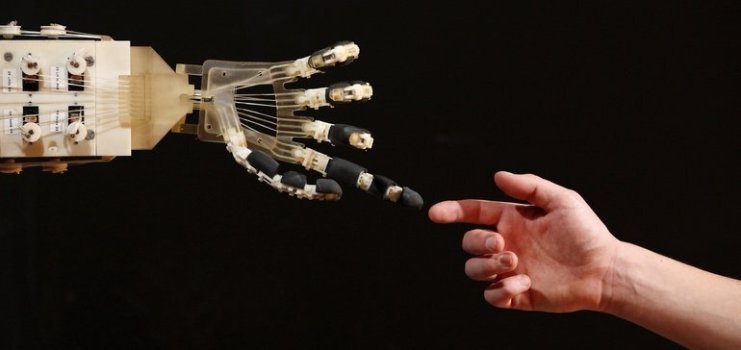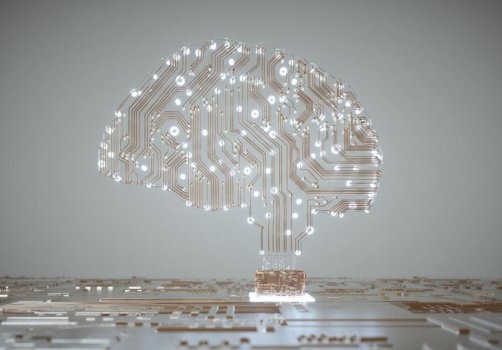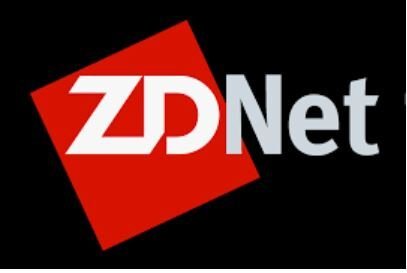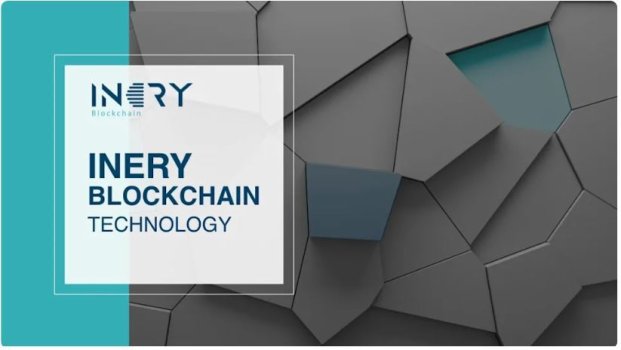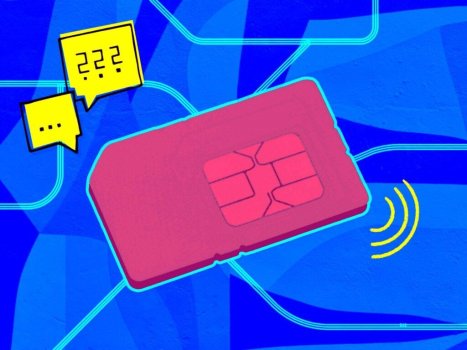Next Level Connectivity at Retail is Contextual, Personalized and Entertaining With Digital Shopping Carts
- Technology Solutions
- 0 Replies
Today, with the adoption of IoT, the retail industry has become more customer-centric, and the primary aim is to enhance the customer experience to its greatest extent. Technology has become a critical piece of the pie to spark higher engagement and improve customer experience, and now, thanks to digital platforms, businesses are experiencing many changes, and the internet and mobile devices have enabled consumers to connect with companies in creative new ways.
One of the most dominant forms of technology being rapidly adopted by the retail industry is Internet of Things (IoT) devices that can connect and exchange data with other devices and systems over the internet. The recent advances in technology, including artificial intelligence, cloud, business intelligence, analytics, and others that fall under the IoT umbrella have massively impacted the retail industry.
“Retailers are reaching for innovative solutions to find new opportunities for generating revenue and building modern business models,” said Allen Salmasi, founder and CEO of Veea. “Driven by the need to improve business operations and become more customer-oriented, both online and offline retail markets are striving to eliminate the limitations in their services by using various advanced technologies and creating personalized customer experiences.”
Continue reading: https://www.iotevolutionworld.com/iot/articles/450229-next-level-connectivity-retail-contextual-personalized-entertaining-with.htm
One of the most dominant forms of technology being rapidly adopted by the retail industry is Internet of Things (IoT) devices that can connect and exchange data with other devices and systems over the internet. The recent advances in technology, including artificial intelligence, cloud, business intelligence, analytics, and others that fall under the IoT umbrella have massively impacted the retail industry.
“Retailers are reaching for innovative solutions to find new opportunities for generating revenue and building modern business models,” said Allen Salmasi, founder and CEO of Veea. “Driven by the need to improve business operations and become more customer-oriented, both online and offline retail markets are striving to eliminate the limitations in their services by using various advanced technologies and creating personalized customer experiences.”
Continue reading: https://www.iotevolutionworld.com/iot/articles/450229-next-level-connectivity-retail-contextual-personalized-entertaining-with.htm









